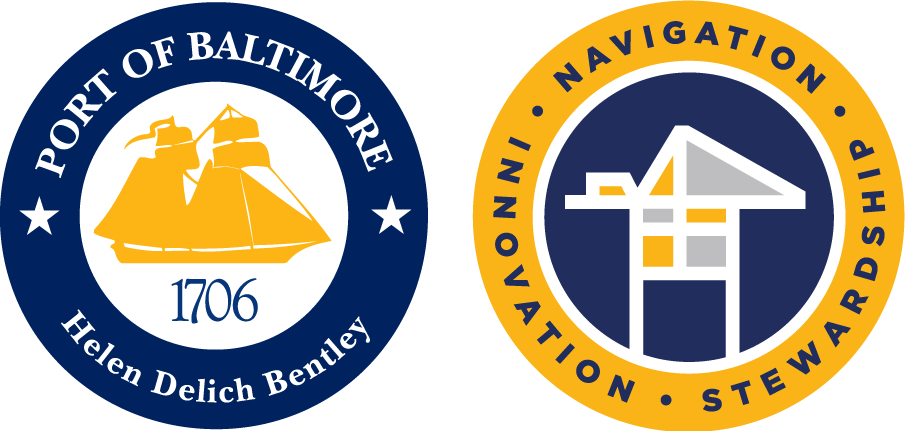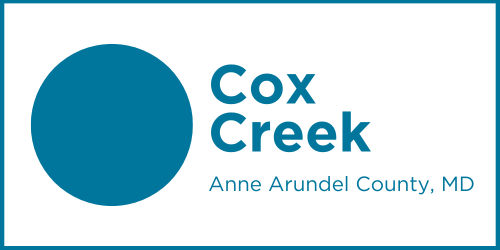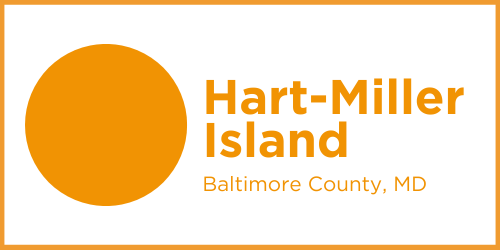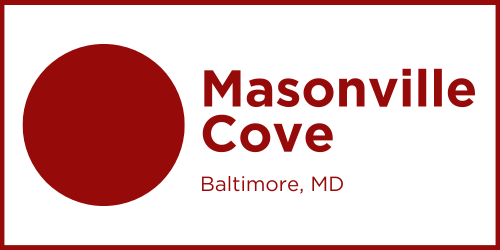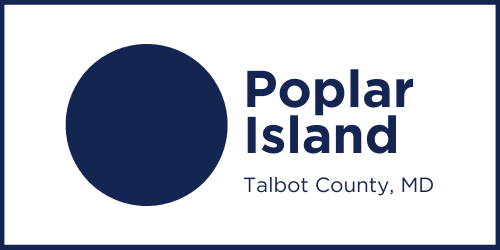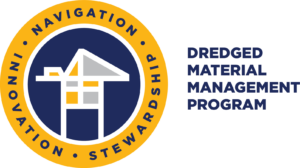
The Port of Baltimore:
An Economic Engine
for Maryland
The Port of Baltimore is an economic powerhouse for the State of Maryland and the Mid-Atlantic region of the United States. Located over one hundred miles up the Chesapeake Bay from the Atlantic Ocean, it is one of only a few East Coast ports with the depth and infrastructure to accommodate some of the world’s largest container ships. In order to keep pace with the large scale of cargo entering the port, thoughtful investment is being made to address the need to update infrastructure. For example, doubling throughput capacity into/out of the port to facilitate double-stacked container trains.
“The Port of Baltimore is one of the most productive ports in the nation and one of Maryland’s top economic generators."
Maryland Governor Wes Moore
That's a Whole Lot of Sediment
Maintaining the shipping channels in the Chesapeake Bay, Baltimore Harbor, and the Chesapeake & Delaware Canal for massive ships is also a massive job. Every year, with help from our partners at the U.S. Army Corps of Engineers, nearly 5 million cubic yards of sediment are dredged from these channels and anchorages just to maintain their current depths and widths.

So what does 5 million cubic yards of sediment look like? Picture the Baltimore Ravens M&T Bank Stadium filled to the brim. Then picture it again. That’s how much sediment we dredge, on average, every single year.
Managing and utilizing the equivalent of two stadiums full of sediment in ways that are good for the Port, good for our communities, and good for the environment is one of the greatest priorities for Maryland Port Administration. Implementing this priority is a core value of the Dredged Material Management Program (DMMP). Three out of five of our placement sites that house dredged material are active today.
The sites housing dredged material include:
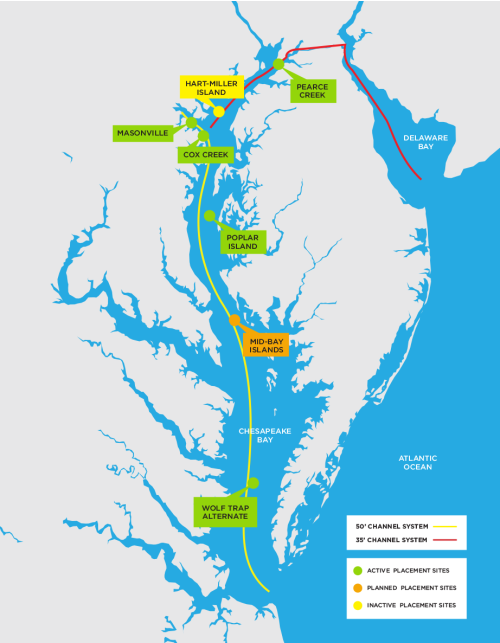
Investing in Innovation for the Future
Our innovative approach to dredged material management builds more than award-winning placement sites – it is an investment in the future. Through dredged material management we are supporting stronger local communities and building thousands of acres of wildlife habitat where people can explore, discover, learn, and grow.
Learn more about fascinating sites like Hart-Miller Island - also a state park, Masonville Cove - the first Urban Wildlife Partnership in the country, and Poplar Island - an international model for the beneficial use of dredged material or our other placement sites.
Committee Meetings
Visit our Calendar HERE
APR
09
2025
Birding Tour at Hart-Miller Island on April 9, 2025
APR
15
2025
Birding Tour at Hart-Miller Island on April 15, 2025
APR
23
2025
